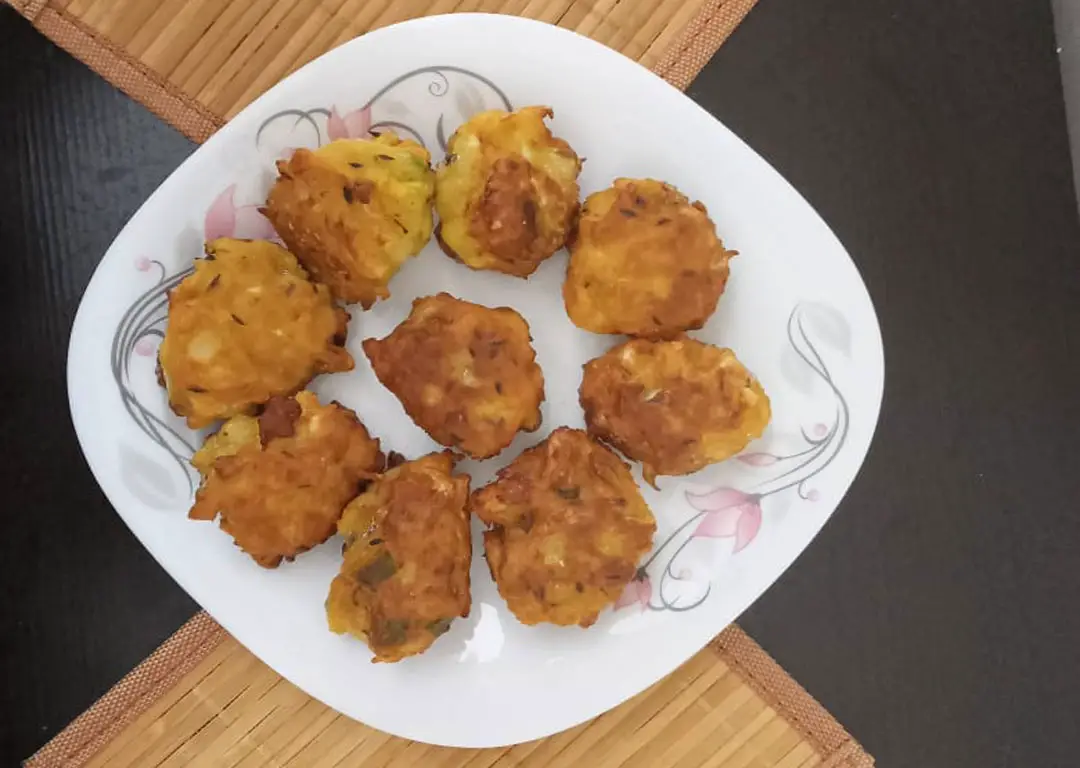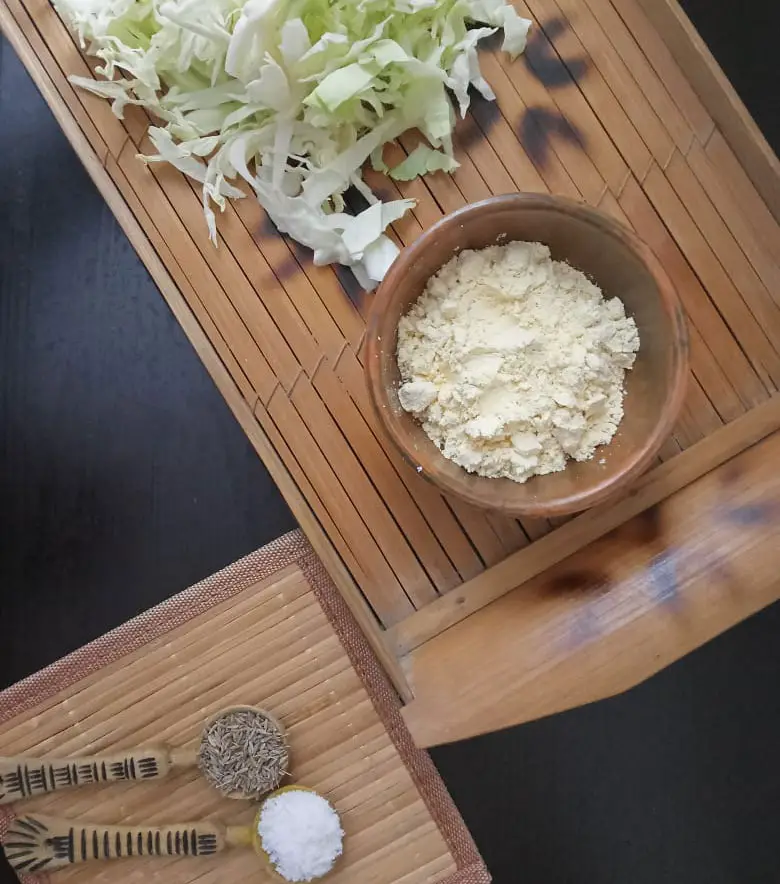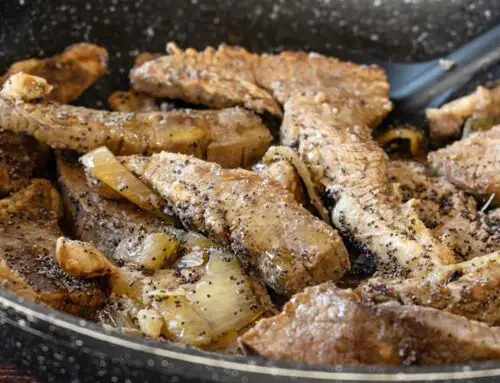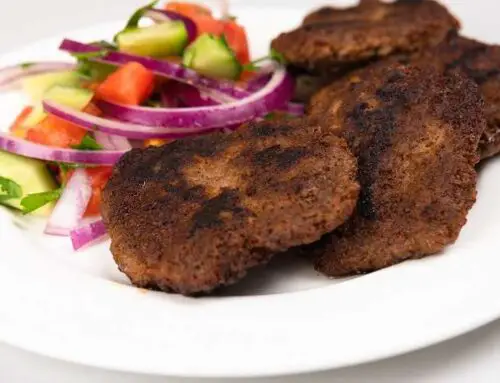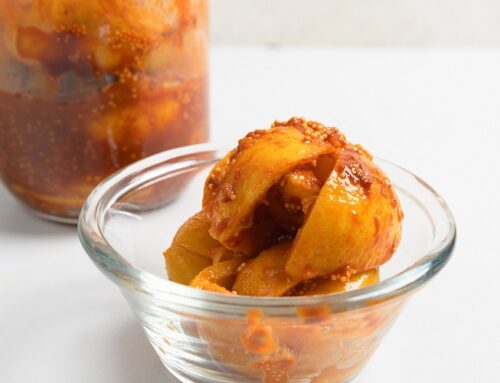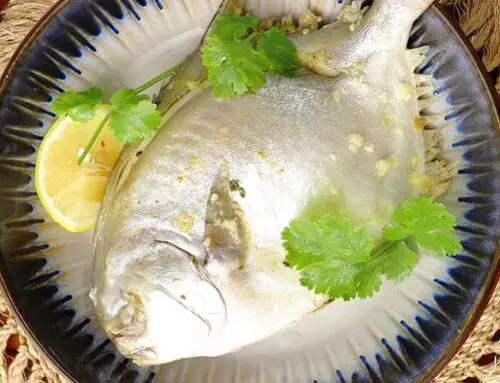Badhakopir Kofta is a deep fried dish made using cabbage or Badhakopi. You might be more familiar with the term “Pakora” and calling this dish Badhakopir Pakora will be absolutely correct. And while writing that line I got curious, what exactly is a kofta and is it any different from a pakora. If you know the answer then you can skip my tangent and continue from the next para. Or you can stick around which I will very much appreciate. Pakora is of Middle Eastern origin whereas Pakora hails from this region, the Indian subcontinent. Kofta is made from ground red meat. On the other hand pakora can be made with vegetables or meat. Kofta is usually made to be the size of a patty whereas pakora is usually smaller in size. So calling today’s dish Badhakopi Pakora would be more suitable than Badhakopir Kofta since there is no meat. But culinary nomenclature is something I do not use to dabble in. and thus I shall raise no questions about the name Moni Dadi gave the dish and shall continue with no doubts in my mind.
I am not a big vegetable fan, or a small one as a matter of fact. But I actually like cabbage. It is probably my second favorite vegetable, first being cauliflower. Both are winter vegetables, so their availability is not plentiful all year around. This might be the reason why I like cabbage. Because cauliflower being my favorite is completely justifiable. It is a quirky looking vegetable, it tastes amazing, it can be cooked in many different ways, cauliflower enhances the taste of any dish it is in, and cauliflower has a social acceptance in my generation. Memes about cauliflower pop up every winter and they are very relatable to me and my peers.
But cabbage does not have the social clout, nor does it stand out visually. I would argue that the leafiness of cabbage makes it even more unappealing to younger people. The taste of cabbage is not anything exceptional either. It is just “good”. Not great, not horrible, just solid “good”. And maybe cabbage just not being in the spotlight for anything – price, taste, looks, dishes, preparation effort, makes it an all around solid vegetable. And this might be why I like it more than other vegetables. All other vegetables have strong qualities that stand out and do not always click with me. But cabbage is just being cabbage, and that’s an energy I appreciate.
One thing I want to add about cabbage is that the vegetable is also called Patakopi in Bangla. “Pata” means leaf and “kopi” is used to describe a kind of vegetable. There are a bunch of vegetables that end with “kopi” but I do not know why that is. But the vegetable with only ‘patas” (leaves) in it was named Patakopi. And this simplicity of naming is beautiful to me.
Now what I find funny about today’s dish is that Bengali people saw this vegetable made purely of leaves and someone thought “hmm this needs to be deep fried”. And of course, they did not forget to add the spices before frying. Oh well, I’m not complaining because the end result is absolutely delicious.
You can have Badhakopir Kofta with just tomato ketchup or any other tangy or spicy sauce/chutney. You can also eat Badhakopi Kofta as a side with daal-bhaat (lentil soup and boiled rice). The choice is yours and it’s delicious either way.
But one thing you need to keep in mind while making Badhakopir Kofta is that the cabbage needs to be shredded properly. It will make the Koftas more fluffy. But do not shred the cabbage too much or you won’t get to taste them.
Ingredients
- 2 cup cooking oil
- 1 tsp cumin whole
- 1 pc medium sized cabbage (thinly sliced)
- 1 tsp salt to taste
- ½ tsp sugar
- 1 cup gram flour
- water
Instructions
- Firstly, heat a pan and add some oil to it. Add the whole cumin to it. Fry it for a while.
- Then add sliced cabbage, salt, sugar, a bit of water and boil it until the water dries up completely.
- Next add gram flour in the boiled cabbage and make round shaped koftas.
- Then deep fry the koftas using oil.
- Ready to serve.
Nutrition

